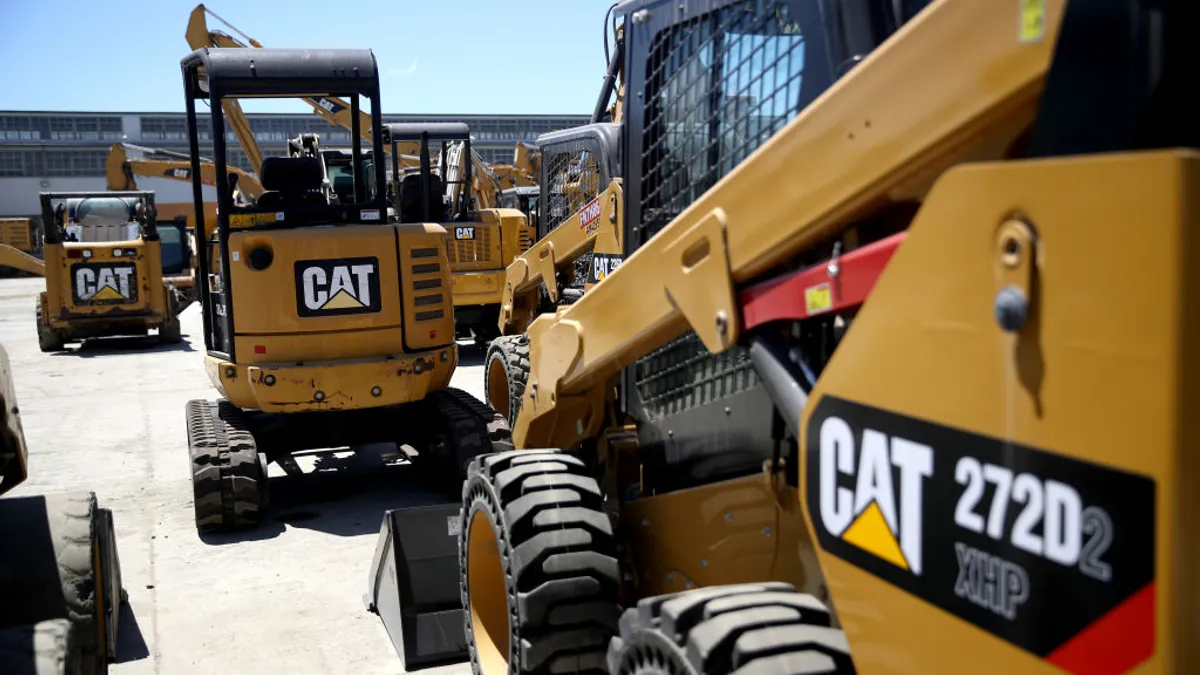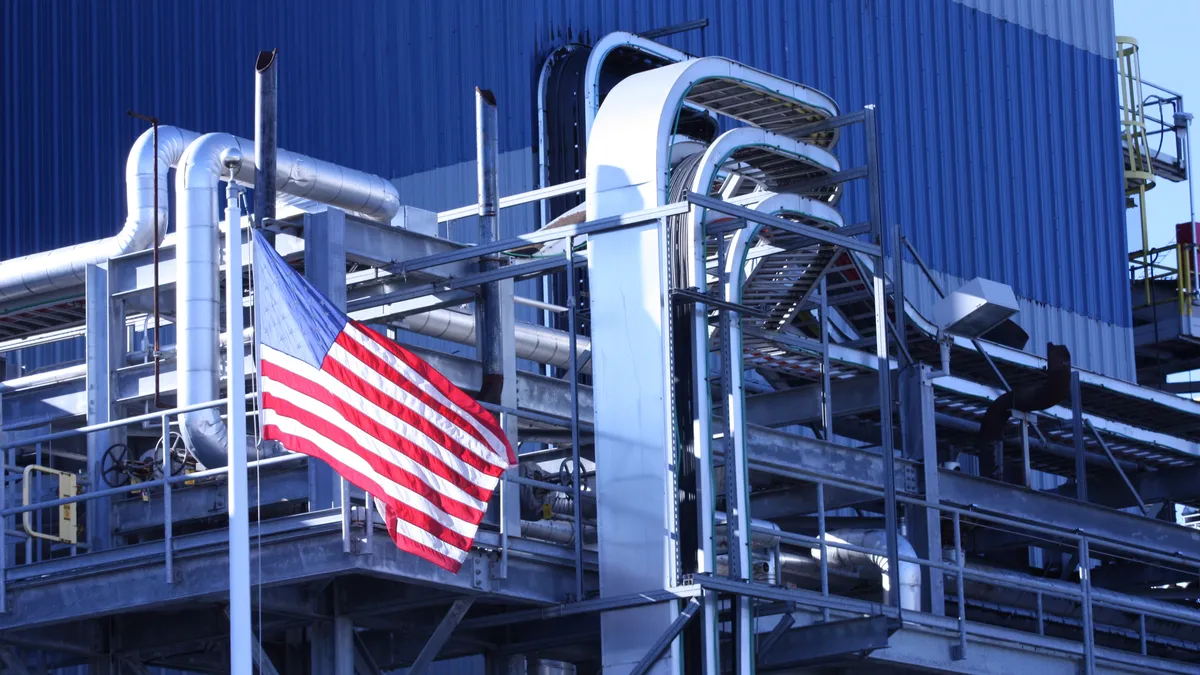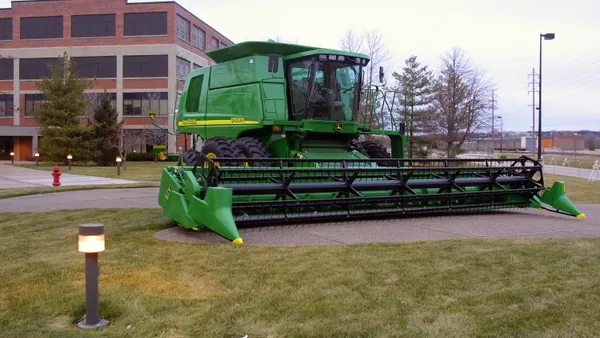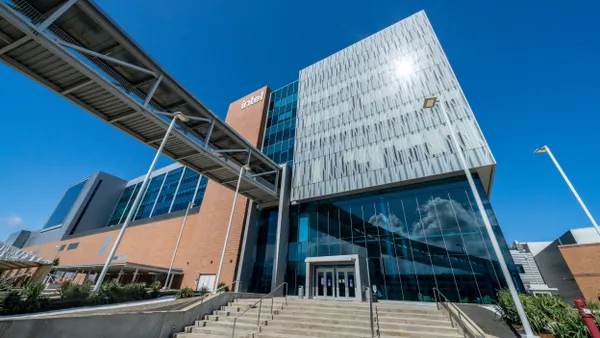Dive Brief:
- Caterpillar Inc. plans to commit $100 million over the next five years to upskill its workers to keep up with technological advancements and an evolving labor market.
- The construction and mining equipment manufacturer is making the investment in a bid to train up its workforce with robotics, automation and artificial intelligence technologies, including digital twins and machine language models.
- The pledge builds on Caterpillar’s efforts to close the growing manufacturing skills gap, including through STEM outreach for K-12 students and paid technician training programs for adults.
Dive Insight:
Over the next five years, the skill sets needed for the global workforce are set to evolve dramatically, driven by rapid technological advancements in AI, information processing, robotics and automation.
According to the World Economic Forum’s The Future of Jobs Report 2025, these trends are expected to fuel demand for technology-related skills, including in AI and big data, networks and cybersecurity and technological literacy. There will also be a need for more human-centered skills, such as leadership and social influence.
Workers on average can expect two-fifths of their existing skills to be transformed or outdated by 2030, the report’s data show. This is not only a labor issue, but a barrier for businesses looking to remain competitive in a dynamic market. Recently, companies like Amazon and Siemens have looked to combat this through sizable investments in upskilling their workers as a recruitment and retention strategy.
“As an industry leader, Caterpillar understands the urgency of preparing the next generation with the capabilities required for the jobs of tomorrow,” Jaime Mineart, Caterpillar’s chief technology officer, said in a statement. “This pledge, our first of its kind, reflects our dedication to collaborating with our global stakeholders to devise the best training solutions.”
Caterpillar, founded in California in 1925, is making its workforce investment in honor of its centennial. The Irving, Texas-based company has 93 manufacturing facilities worldwide, including 37 across the United States, according to an investor filing.













